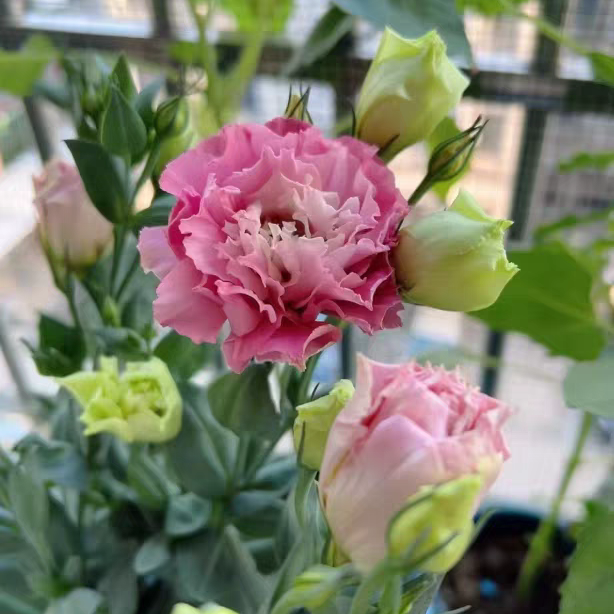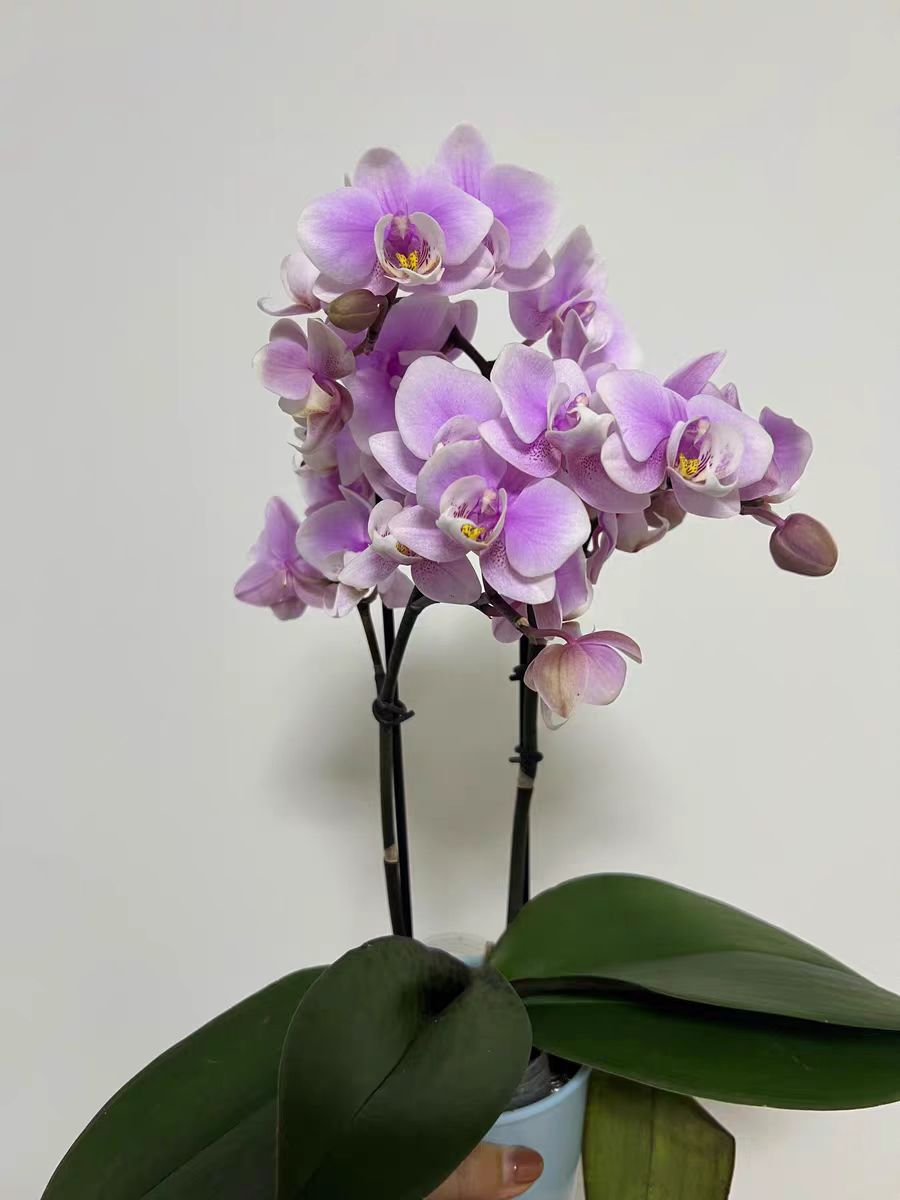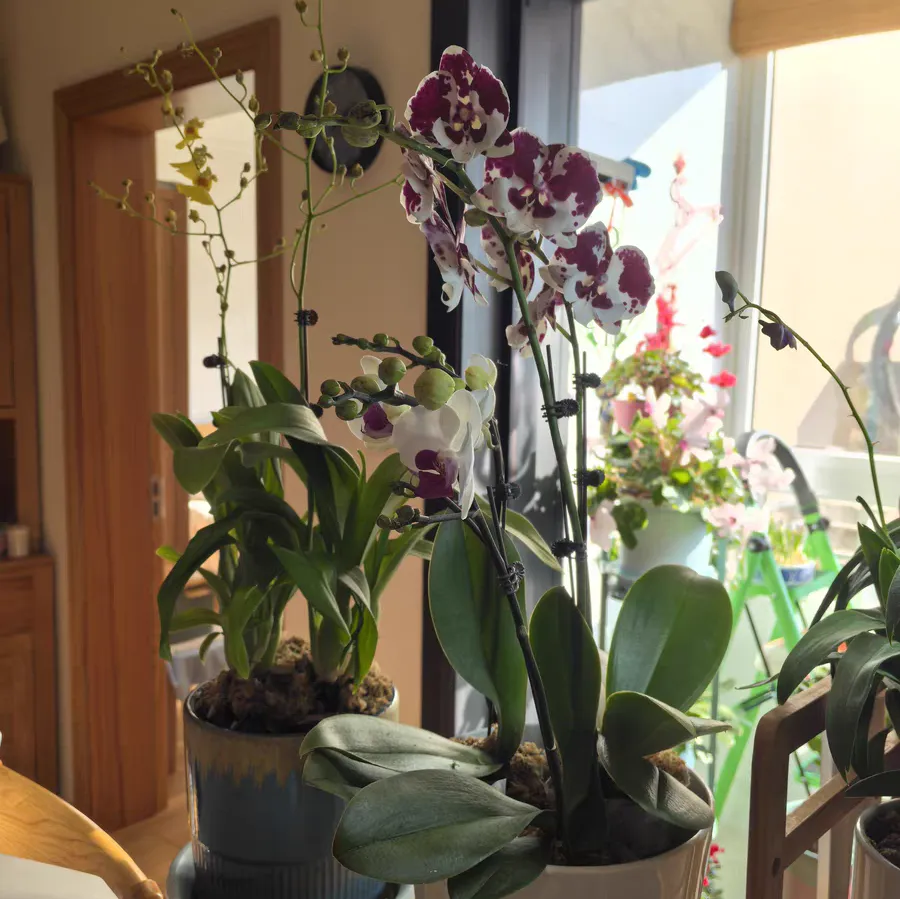Balloonflower and lisianthus, although both have "balloonflower" in their names, are actually two completely different plants.
I. Plant classification
Balloonflower: A perennial herbaceous plant of the Campanulaceae family, belonging to the Platycodon genus.
Lisianthus: A perennial plant of the Gentianaceae family, also known as Eustoma grandiflorum, belonging to the Eustoma genus.
There is an essential difference in plant classification between the two, belonging to different families and genera respectively.
II. Appearance and morphology
Flowers: Balloonflower flowers are mostly solitary at the top or several flowers form a false raceme. The calyx is campanulate with five lobes, and the lobes are triangular. The flower color is mainly blue-purple. There are also white, pink and other varieties, but they are relatively rare. Lisianthus has diverse flower shapes, including single-petal and double-petal and other forms. The flower colors are more abundant, including white, pink, purple, green and other colors, and the colors are bright and vivid.
Leaves: The leaves of balloonflower are oval or ovate-lanceolate with serrated edges. The leaves of lisianthus are mostly broad oval to lanceolate with smooth edges and no serrations.
Plant height: Balloonflower is generally taller and can grow to about 40 to 120 centimeters. Lisianthus is relatively shorter, generally between 30 and 80 centimeters.
III. Growth environment
Balloonflower: It mostly grows in mountain slopes, grasslands and thickets. It likes a cool climate and has strong cold resistance. It is not strict with soil requirements, but sandy loam soil with good drainage and fertile and loose texture is preferred.
Lisianthus: It is native to the limestone areas between southern United States and Mexico. It likes a warm and humid environment and is not cold-resistant. It is suitable to grow in loose, fertile and well-drained soil.
IV. Uses
Medicinal value: Balloonflower has high medicinal value. Its root can be used as medicine and has the effects of dispersing lung qi, expelling phlegm, relieving sore throat and discharging pus. In traditional Chinese medicine, balloonflower is often used to treat cough with excessive phlegm, chest tightness and discomfort, sore throat and hoarseness, lung abscess and purulent discharge. Lisianthus is mainly used for ornamental purposes, and currently its application in medicine is relatively rare.
Ornamental value: The flowers of balloonflower are fresh and elegant, suitable for natural garden arrangements such as lawns and flower borders, which can add a touch of natural wildness. Lisianthus has beautiful flower shapes and rich colors. It is a common cut flower and potted flower. Whether as a single cut flower or combined with other flowers to form a bouquet, it can show an elegant and fresh temperament.
In conclusion, balloonflower and lisianthus have obvious differences in plant classification, appearance and morphology, growth environment and uses.
The differences between balloonflower and lisianthus.

Share with
Tagged in :




Leave a Reply